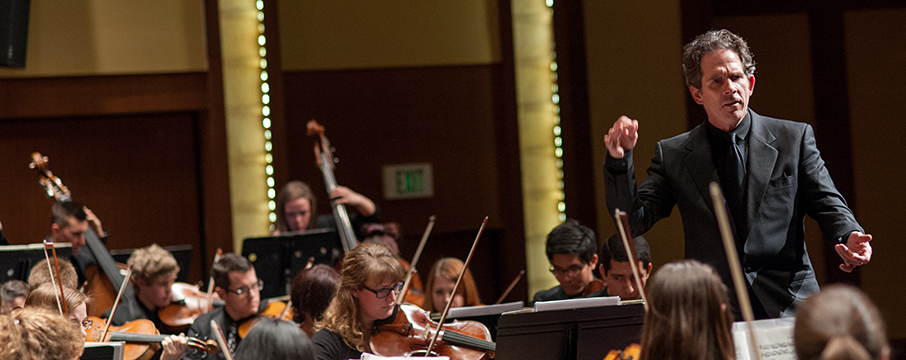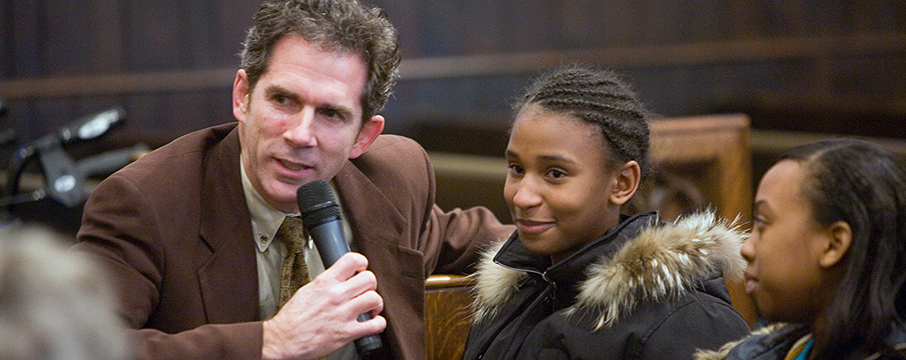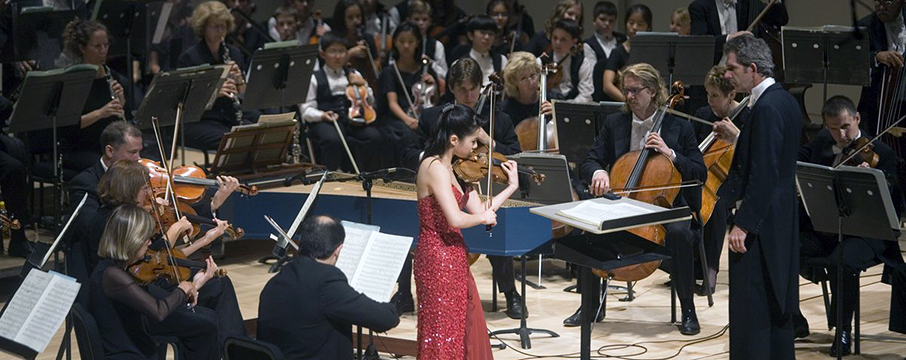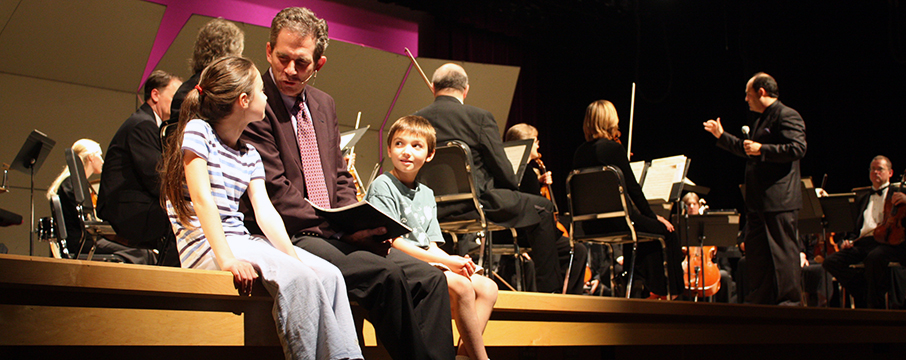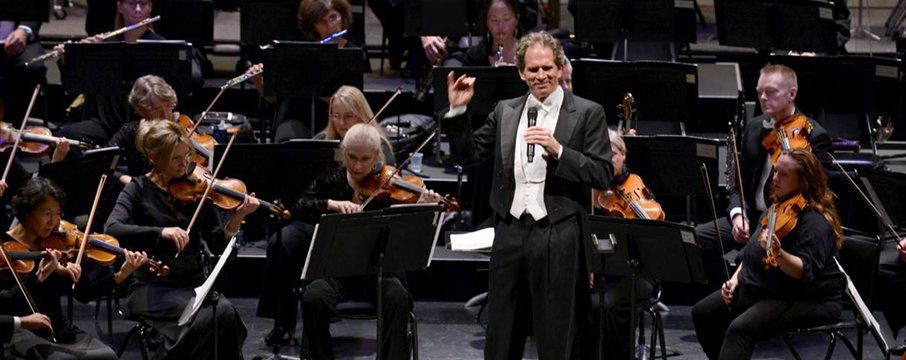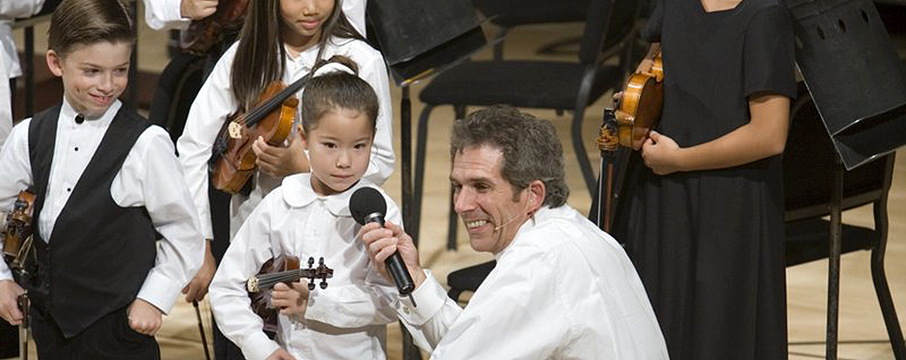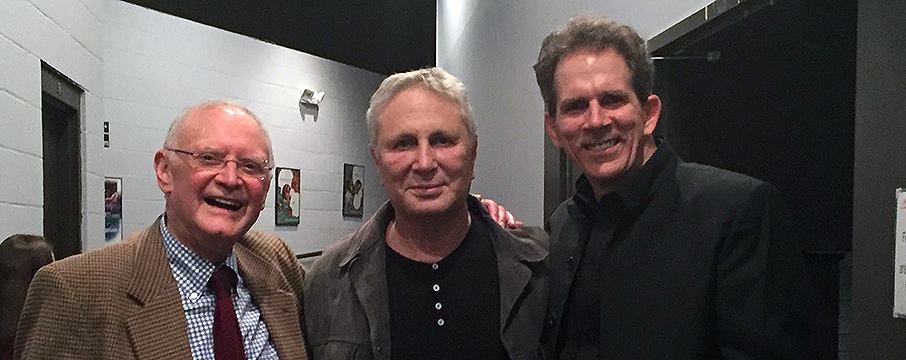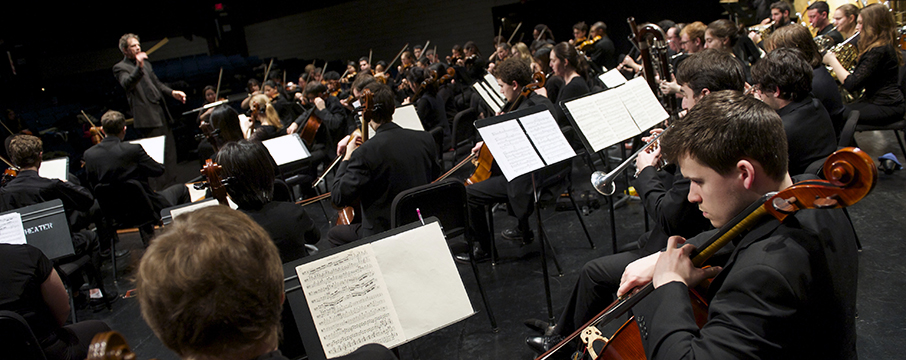What makes a good conductor?
I don’t know. Lots of things. But I do know there was a good one on the podium at the Long Beach Symphony’s season-ending Classics concert Saturday night at the Terrace Theater.
His name is Edward Cumming. He’s tall, the very picture of a conductor, and has a commanding presence. He conducts without a baton or score, and uses his lanky frame expressively. He employs a diverse array of gestures and body moves to convey what he wants, and always looks like the music being produced. That last item is not as simple or as prevalent as you might think.
Most of all, the other night he appeared completely in charge. One got the sense, in a program of familiar works by Mendelssohn and Beethoven and a novelty by Ferdinand David, that Cumming wasn’t merely presiding over the action, he was making things happen. It was fun to watch, and listen.
The Mendelssohn Symphony No. 4 is an Italianate romp, a piece that is a delight for the audience and a severe technical challenge for the musicians. Cumming set judicious tempos, joyous and quick without getting out of control, and the orchestra responded with some delicious playing. Details were brought out that I had never heard before in this often-performed work. There was an assurance and flexibility in the music-making that was a pleasure to witness.
Cumming moved the trumpets over in front of the timpani, and for the Mendelssohn, the horns were opposite, stage left. Whatever the reason, the brass contributions were always clear and the balances were perfectly judged.
The Trombone Concerto by Ferdinand David is not a great piece, but it made for an effective vehicle for the orchestra’s distinguished principal, Alex Iles. Throughout the brief work, his playing displayed a beautiful, warm tone and an astonishing upper range, along with a sensitive musicality. At the conclusion, he and the orchestra favored us with an encore, a lovely, soulful rendition of “Danny Boy.”
After intermission came Beethoven’s Fifth. Cumming’s opening was brisk, not to say brusque. This was no weighty metaphor for Fate knocking on the door, merely a straightforward statement of the first movement’s thematic material. This piece stands at the crossroads between the Classic and Romantic eras, and Cumming chose the Classical route, emphasizing the piece’s structure and letting the music speak for itself.
The pacing for the third and fourth movements was ideal, the return of the finale a joyous expression of triumph. The orchestra was in fine form throughout the evening, no less so in this most familiar and beloved of symphonies. Although the program was not a long one, after a concert like this of great music played at the highest level, no one left feeling shortchanged.
